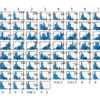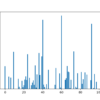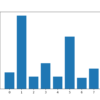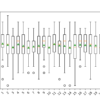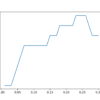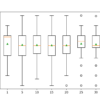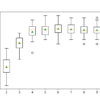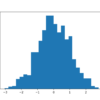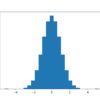Many machine learning algorithms perform better when numerical input variables are scaled to a standard range. This includes algorithms that use a weighted sum of the input, like linear regression, and algorithms that use distance measures, like k-nearest neighbors. The two most popular techniques for scaling numerical data prior to modeling are normalization and standardization. […]
